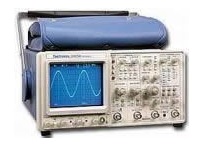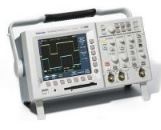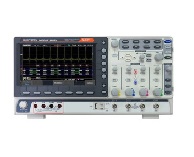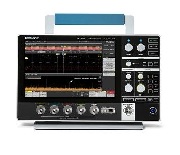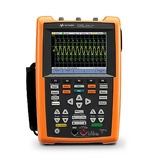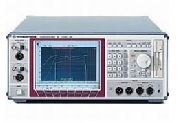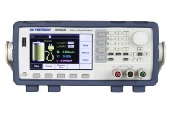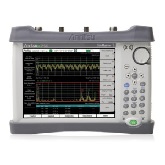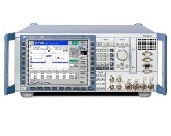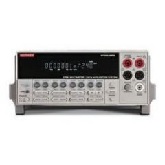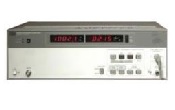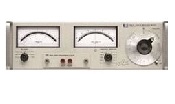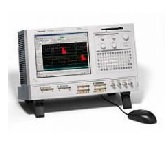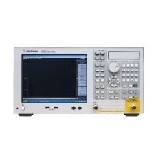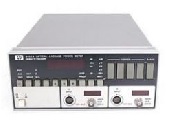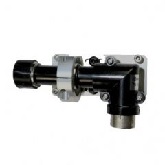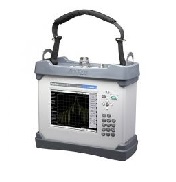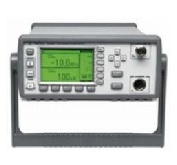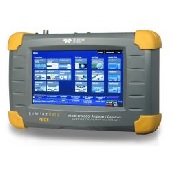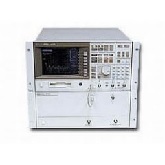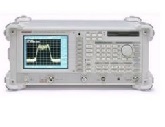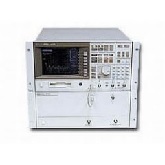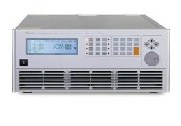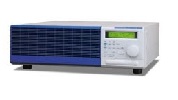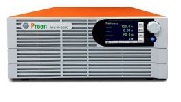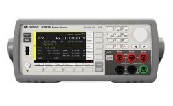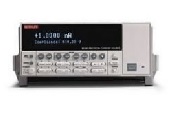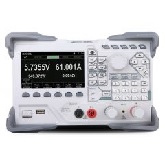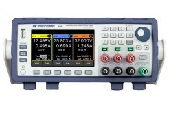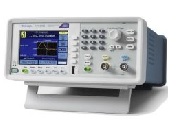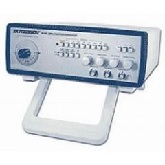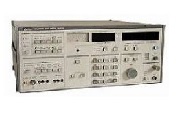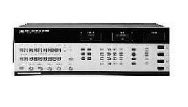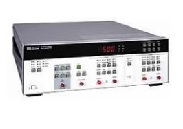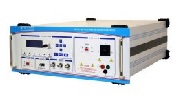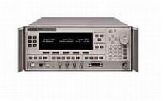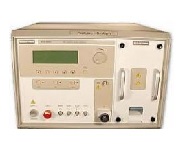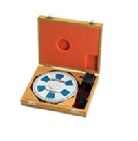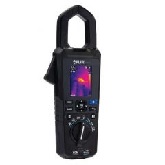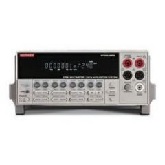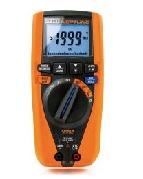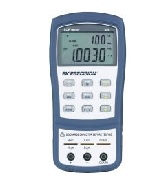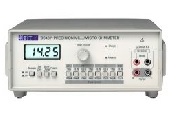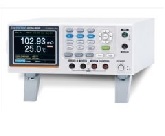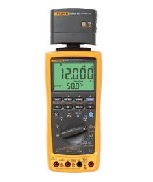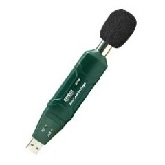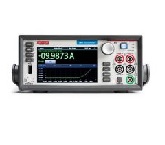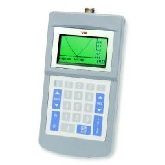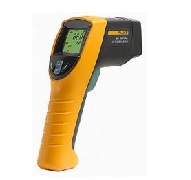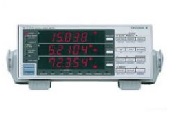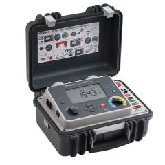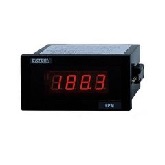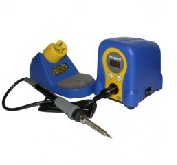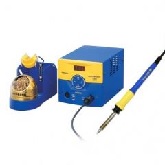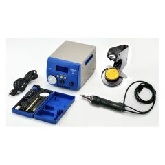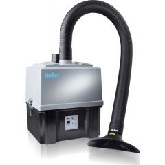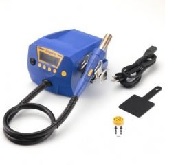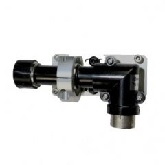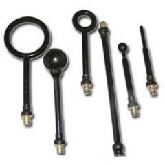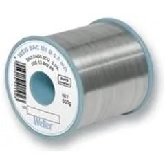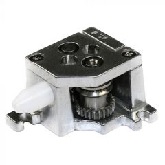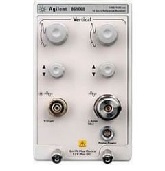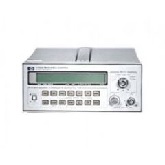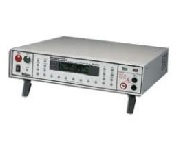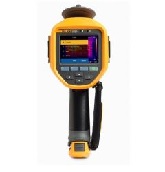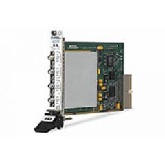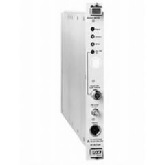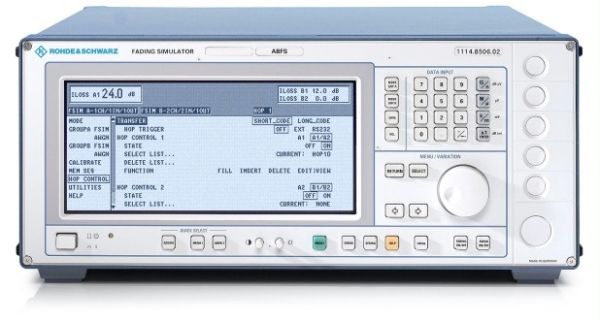Additional Features:
- 2 fading channels (4 with option ABFS-B2)
- 12 propagation paths (24 with option ABFS-B2)
- Universal use in research, development and production
- Simulation of present and future communication systems thanks to flexible concept
- Receiver tests at I/Q level together with a baseband source
- Ease of operation
- High reliability
- Impedance: 50Ω
- Remote control
- System: IEC 625 (IEEE 488)
- Command set: SCPI 1993.0
- Connector: Amphenol 24-pin
- IEC/IEEE-bus address: 0 to 30
- Interface functions: SH1, AH1, T6, L4, SR1, RL1, PP1, DC1, DT1, C0
- Power supply: 90 V to 132 V (AC), 47 Hz to 440 Hz, 180 V to 265 V (AC), 47 Hz to 440 Hz, autoranging, max. 300 VA
- Electromagnetic compatibility: meets EN 50081-1 and EN 50082-2
- Operating temperature range: 0 to 45°C, meets IEC68-2-1 and IEC68-2-2
- Storage temperature range: -40 to +70°C
- Climatic resistance: 95% rel. humidity, cyclic test at +25/+40°C, meets IEC68-2-30
- Dimensions (W x H x D): 435 mm x 192 mm x 460 mm
The characteristics of a radio channel can strongly impair signal transmission between a transmitter and in particular a moving receiver. The Baseband Fading Simulator R&S®ABFS generates signals that simulate real receive conditions in mobile applications. Thus, the response of receivers under real-world conditions can already be checked during development and QM acceptance testing. The simulation of fading signals at baseband level reduces costs.
Advantages of baseband fading simulation
Conventional fading simulators normally convert the signal of the radio channel to the IF, perform fading and then reconvert the signal to its RF frequency. It is, however, less costly to loop in the simulator prior to the first conversion to the carrier frequency, i.e. to simulate at baseband level (I and Q) and then convert to the correct frequency in the test system (see Fig. 3). Signals will therefore not be impaired by the effects of multiple conversion. This baseband fading simulation makes upgrading to new networks or standards easy.
The flexible concept of the R&S®ABFS allows the simulation of radio channels of existing and future communications systems (e.g. mobile radio, broadcasting, flight telephone, WLL, or WLAN systems).
The R&S®ABFS can also simulate frequency hopping systems. The R&S®ABFS is fast enough to follow the frequency hopping of a test system, for example within a frame of 4.616 ms (GSM frame time).
Furthermore, an offset voltage for each I and Q input or output can be entered to compensate for external DC offset voltages.
Together with a baseband source (e.g. the I/Q Modulation Generator R&S®AMIQ, see Fig. 1), receiver tests can be performed at the I/Q level even if the corresponding RF link is not available. During the development of receivers or correction circuits in the receiver (e.g. equalizer), the effects of fading can thus be checked at a very early stage.
Fit for the future
Baseband Fading Simulator ABFS is suitable for universal mobile radio applications in research, development and production. It comprises all scenarios and statistical models for simulating sporadic fading as specified in the test regulations of mobile radio standards (eg GSM, IS-54/US-136 or IS-95 CDMA).
The flexible concept of ABFS allows the simulation of radio channels of existing and future communication systems (eg mobile radio, broadcasting, flight telephone, WLL, or WLAN systems).
ABFS can also simulate frequency hopping systems. ABFS is fast enough to follow the frequency hopping of a test system for example within a frame of 4,616 ms (GSM frame time).
Furthermore, an offset voltage for each I and Q input or output can be entered to compensate external DC offset voltages.
Together with a baseband source (eg I/Q Modulation Generator AMIQ from Rohde & Schwarz, see Fig. 1 on the left) receiver tests can be performed at I/Q level even if the corresponding RF link is not available. During the development of receivers or correction circuits in the receiver (eg equalizer), the effects of fading can thus be checked at a very early stage.
The basic model of ABFS comes with two independent channels for 6-path fading. The two channels can be interconnected as follows:
- Distribution of an input to two outputs (eg with different fading profiles). This feature makes it possible to simulate the signal of two antennas with different characteristics or frequency diversity methods
- Simulation of two channels with individual profiles and addition at output. Cell change or superposition of interferers can be tested with this configuration
- Coupling of two channels so that a channel with 12 propagation paths is obtained
| Manufacturer | Rohde & Schwarz |
|---|---|
| Condition | Used |
| B2 | Second Fading Simulator |
|---|


